Circular economy
A circular economy reduces waste and emissions by reusing and repurposing raw materials in perpetuity, transforming everyday life into a sustainable future.
Areas of focus
- Zero-waste and circular economy
- Sustainable transport, building and consumption
- Net-zero precincts development
- Green hydrogen, bioethanol and biogas
- United Nations Sustainable Development Goals (SDGs)
Impact and outcomes
- Development of global circular economy initiatives (including COP27, 50 by 2050 global initiatives, Global South Nexus initiatives)
- Contribution to Australia’s National Waste Plan and the WA Government’s resource recovery and circular economy targets
- Development of global climate policy discourse through inclusion in Intergovernmental Panel on Climate Change (IPCC) reports
- Involvement in development of Australia’s carbon reduction and net-zero roadmap
Research groups, facilities and centres
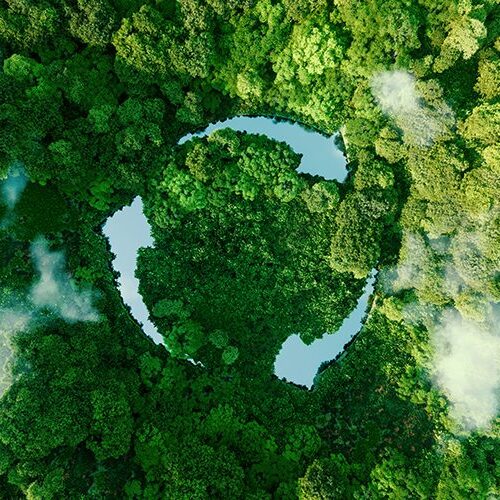
Curtin University Sustainability Policy (CUSP) Institute
The CUSP Institute is a leading-edge, internationally recognised research, teaching and policy advice provider in sustainability with an innovative approach to its implementation through demonstrations and partnerships with business, government and the community.
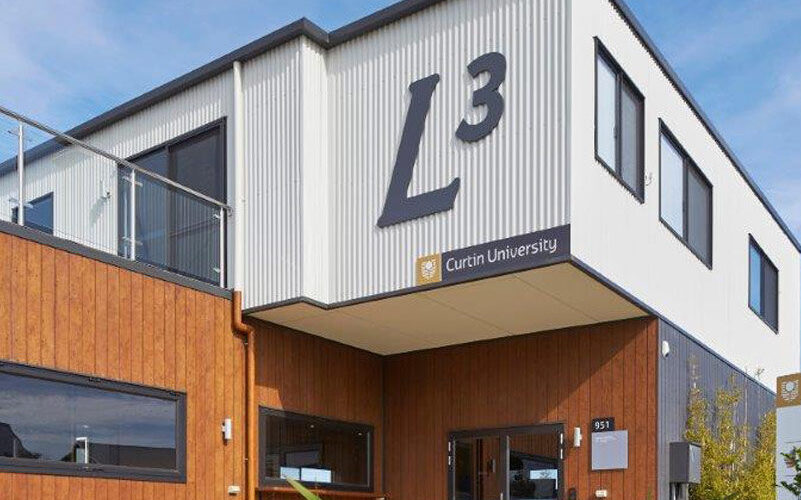
Legacy Living Lab (L3)
L3 is a circular economy building designed for disassembly, deconstruction and relocation. L3 is a place of innovation where the building industry meets with research and community to prototype, test and co-invent building products.

White Gum Valley Ecovillage (WGV)
As one of DevelopmentWA’s ‘Innovation through Demonstration’ projects, WGV is the focus of a four year ‘living laboratory’ research program. It demonstrates the very best in modern, sustainable design and has created a community where it is easy and affordable for people to live in a way that makes smart use of the earth’s resources.
Collaborations and partnerships
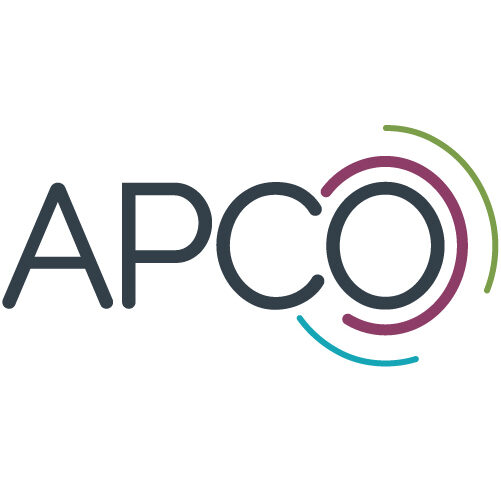
APCO

ClimateKIC
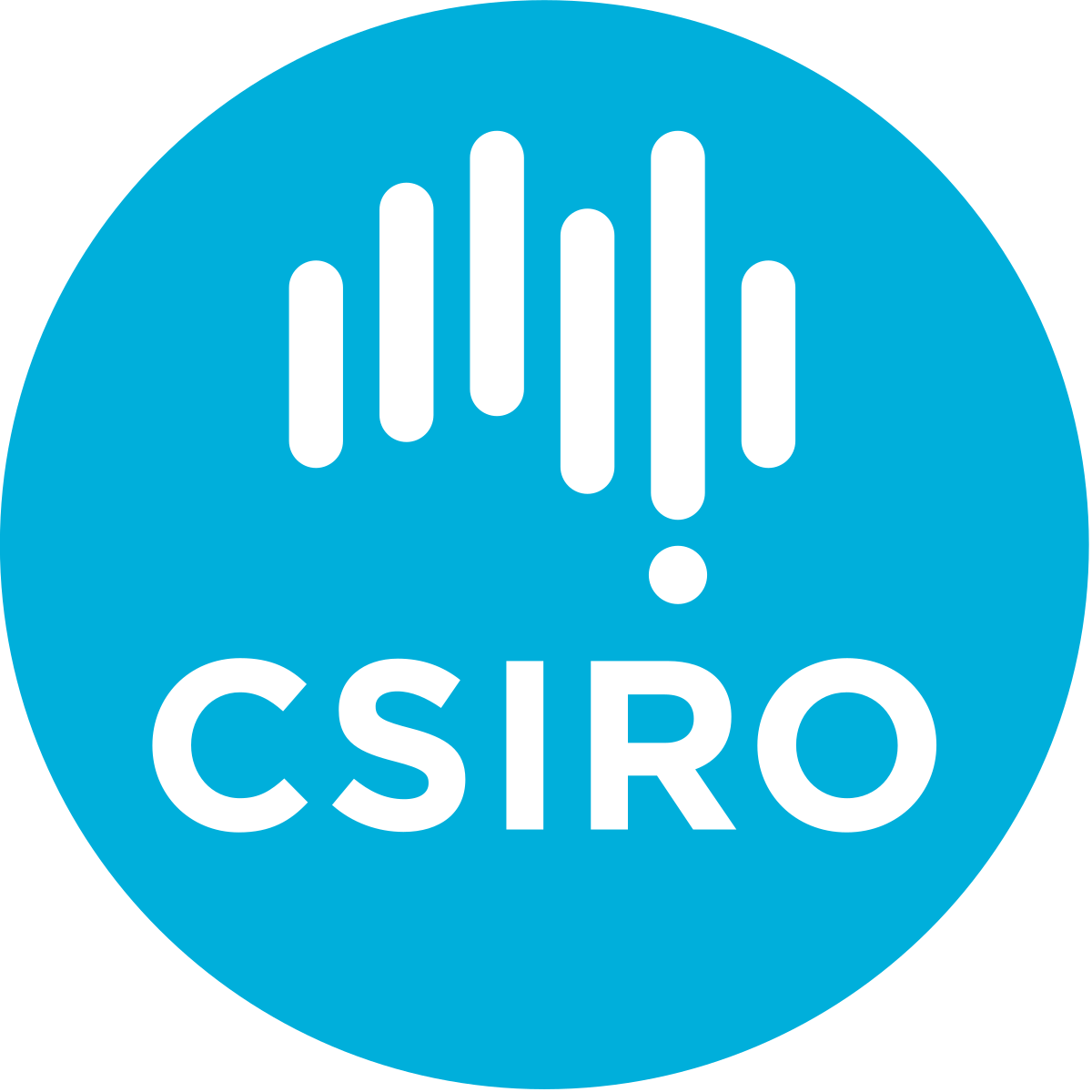
CSIRO
Development WA

Department of Water and Environmental Regulation
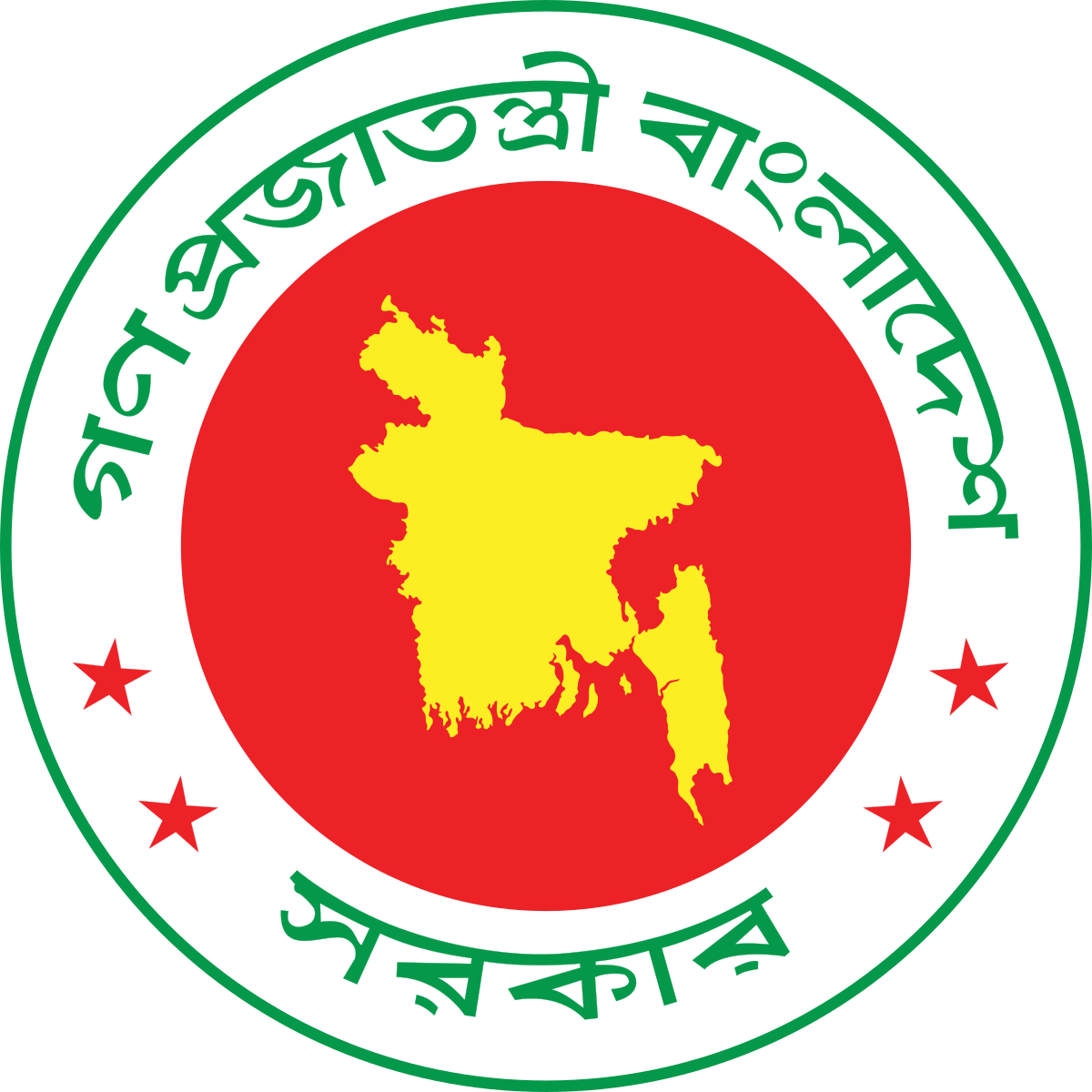
Government of Bangladesh

NESP2 (Sustainable Community and Waste Hub)
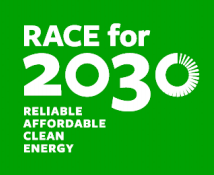
RACE for 20230

Sustainable Built Environment National Research Centre
